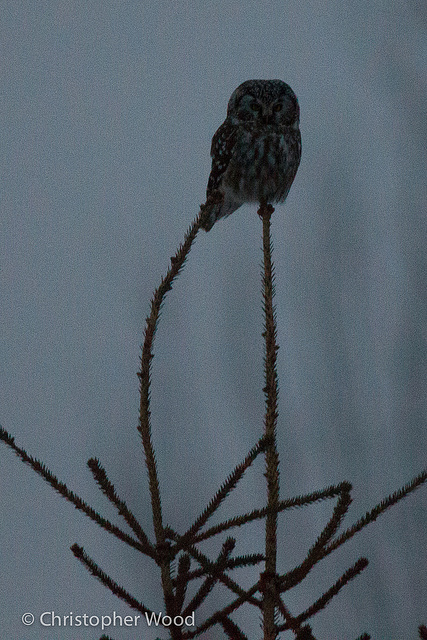From the Field
February 19: Susan Myers from her on-going Cambodia tour
Just back from a small village in the northern plains of Cambodia by the name of Tmatboey. It’s remote, it’s dusty and hot, and there are no luxuries to speak of. There are a whole lot of great birds though, and we really hit the jackpot! In fact, in our two days of birding we found a number of the world’s rarest birds. The first to mention is, of course, the legendary Giant Ibis. Our hard work paid off and we had super views. We also met with the increasingly rare White-shouldered Ibis many times. On top of that we had a brief view of the scarce and pretty Pale-capped Pigeon and an unbelievable encounter with a White-rumped Falcon. After almost giving up a male appeared seemingly from nowhere right in front of us, out in the open (see below). There were more wonderful birds in this remarkable area, including what has to be the world’s best woodpecker – Black-headed Woodpecker (send complaints to the office, please), and the world’s cutest raptor – Collared Falconet. Lastly, for now, we had a bunch of owls, best amongst them being Spotted Wood Owl, Brown Fish Owl and Brown Wood Owl. All in all, fantastic stuff!
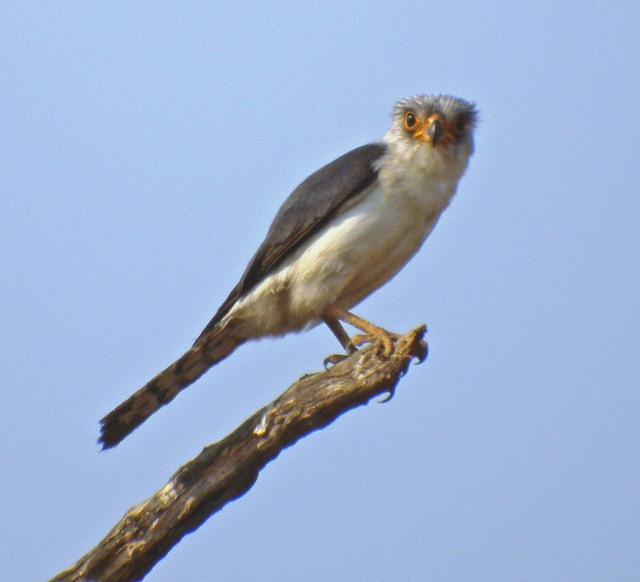
photo: David Fisher
February 14: Bruce Mactavish on his recently completed Newfoundland in Winter tour
Newfoundland in winter holds many birding highlights. In fact Quidi Vidi Lake, situated on the east end of St. John’s, is world-renowned for its excellent gull watching, so naturally this was a central birding location for us. It did not disappoint and sported an excellent variety of gulls, with "Kumlien's" Iceland (below), Herring, Great Black-backed, Lesser Black-backed, Black-tailed, and Glaucous all present. European waterfowl also winter here in numbers not found elsewhere in eastern North America; the Eurasian "Common" Green-winged Teal (below) is a St. John’s specialty, and many Eurasian Wigeon mixing with American Wigeon provided great study subjects (below). We saw about 5 dozen Tufted Ducks (below), two dozen Eurasian Wigeon and a few Common Teal, but the Euro-waterfowl star was an amazingly tame Pink-footed Goose (below). Dovekies (below) were enjoyed at a few coastal locations, but a couple feeding by a wharf provided especially great views and photo ops. The tour was a sure success, and we were more than victorious at finding all of our target species.
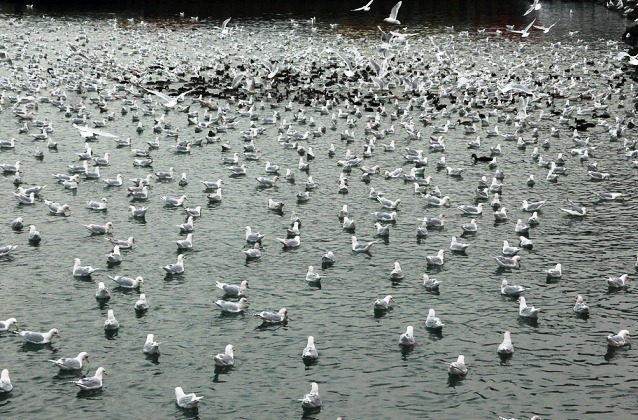
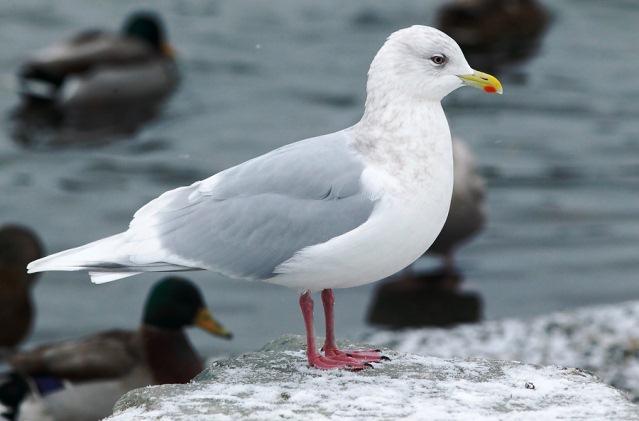
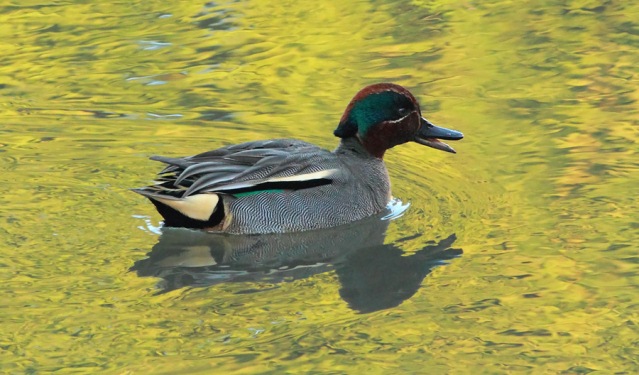

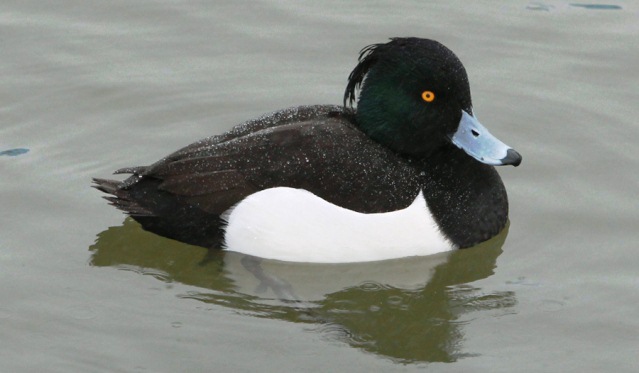
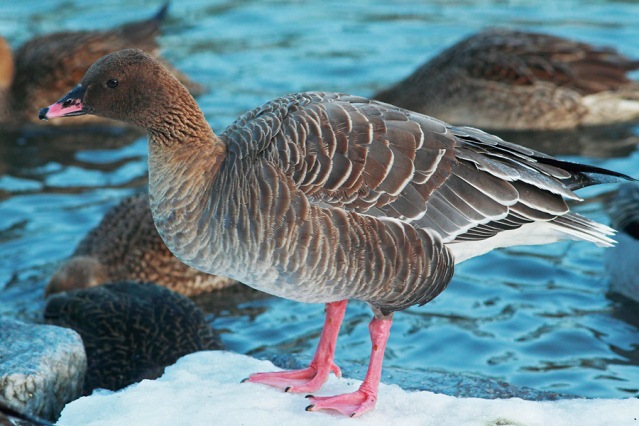
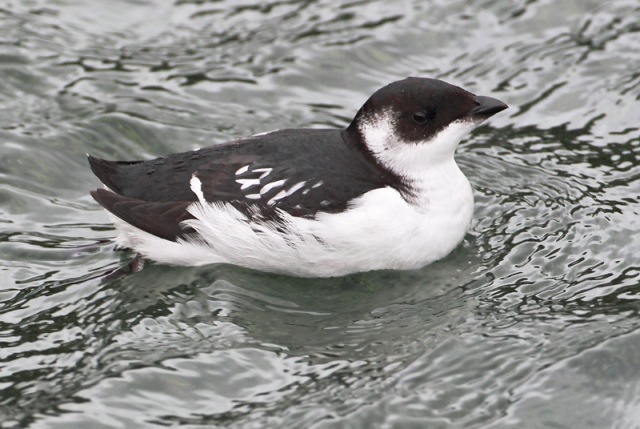
February 12: Rich Hoyer on his just completed tour of the Cape Region of Mexico's Baja California
Our quick tour was drenched with highlights. We saw all three official endemics on the first day, but there were plenty of birds and other creatures to keep us on the edge of our seats for the next six days. Even normal, more widespread birds such as Costa's Hummingbird were a delight to watch. We also caught up with endemic reptiles such as the colorful San Lucan Rock Lizard and distinctive subspecies like the Cape Pygmy-Owl as we roamed disctinctive deserts, coastal mudflats, and a lush oak-palm canyon in the foothills of the central sierra. In the latter location we stumbled onto two vagrant Yellow-throated Warblers with winter territories only 500 meters apart, leaving us wondering how many of these ultra-rare vagrants might be lurking in the peninsula. We finished with a fantastic and very memorable boat trip with several very friendly, curious, and playful Gray Whales.
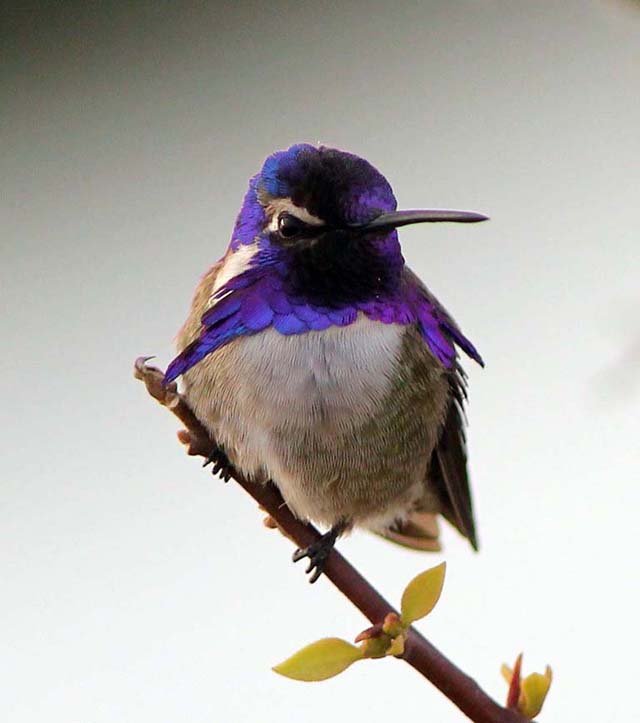



February 8: Susan Myers from her on-going winter tour of Japan
We're on our way to see the "Snow" Monkeys (more on those later) and staying (in a blizzard) at a friend's guest house. Ice and snow hampered us a bit but the landscapes were beautiful and the bird feeders and nearby accessible countryside held birds of interest such as Japanese Green Woodpecker, Varied Tit and Palla's Rosefinch, all below and all with thanks to Tom Barclay.

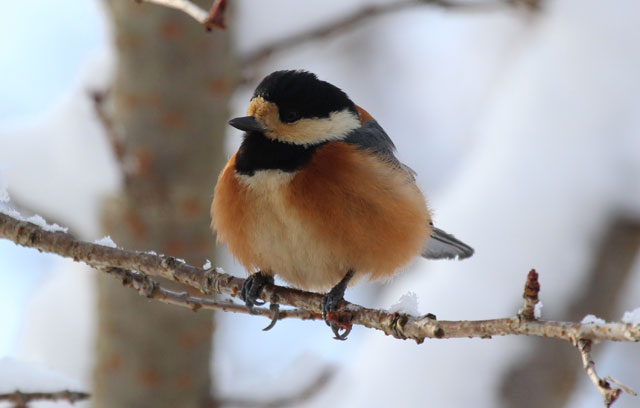
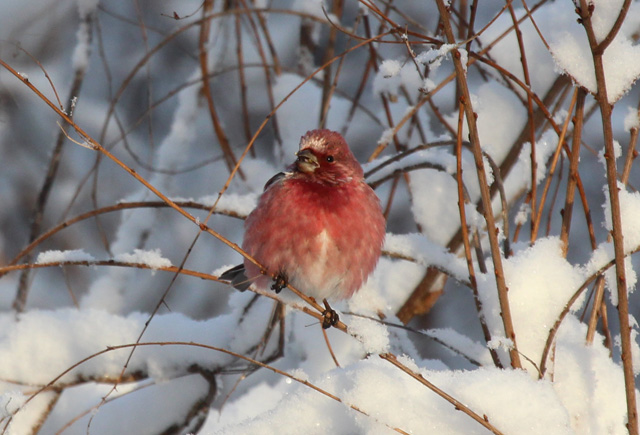
February 8: Paul Holt from his ongoing Northern India tour...on to Bharatpur.
Northern India continues on apace - another, and even better Tiger encounter yesterday morning freed us up to leave the park and explore further afield in the afternoon. That excursion yielded a party of five Indian Coursers, over 50 Great White and one Dalmatian Pelican, more domestic camels that you could shake a stick at and a real insight into rural life here in India. Sightings also included (below) Rufous Treepie, Woolly-necked Stork, a local lady near Soorwal Dam and Pied Bush Chat.
We were relegated to a fleet of jeeps instead of one large, open topped bus for our fifth and final game drive at Ranthambhore National Park this morning. The four participants in one of the jeeps even jammed in to a third Tiger - and by the sounds of it yet another impressive encounter. We're heading to Bharatpur shortly.
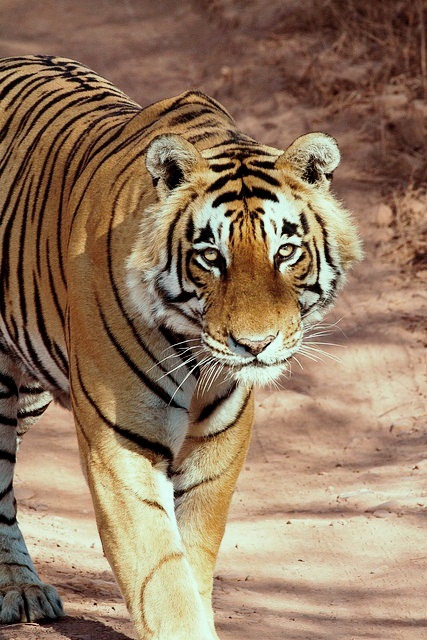
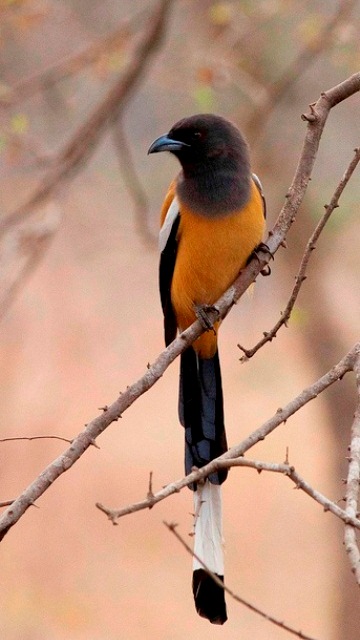
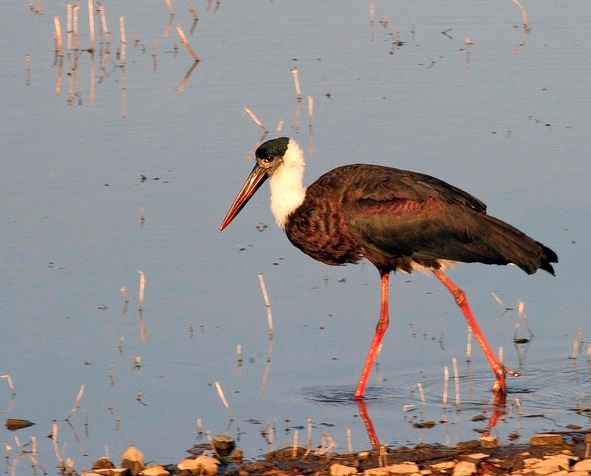

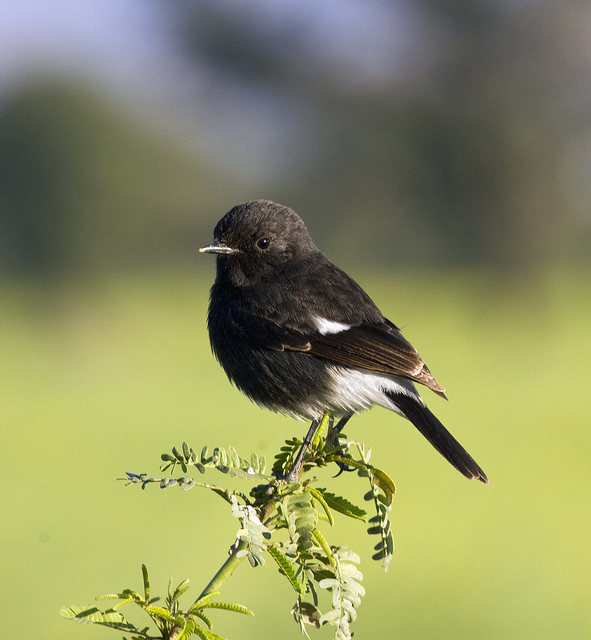
February 8: Paul Holt from his ongoing Northern India tour.
Our third game drive at Ranthambhore National Park, Rajasthan must rank as one of our best ever. Mammals galore with prolonged, close range, views of the King of the Jungle in the form of a huge male Tiger who had gorged himself on a fully grown Sambar. We had an almost as satisfying encounter and telescope looks at a Leopard. Avian delights have already included numerous Painted Spurfowl (below), an attractive pair of Painted Sandgrouse and Indian Scops Owls (below) to mention but a few. With pressure off and Tiger firmly in the bag we're venturing in to the desert around our comfortable lodge tomorrow...
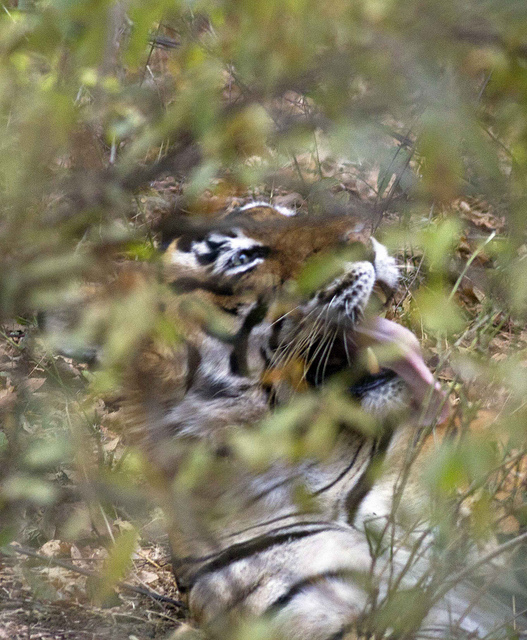
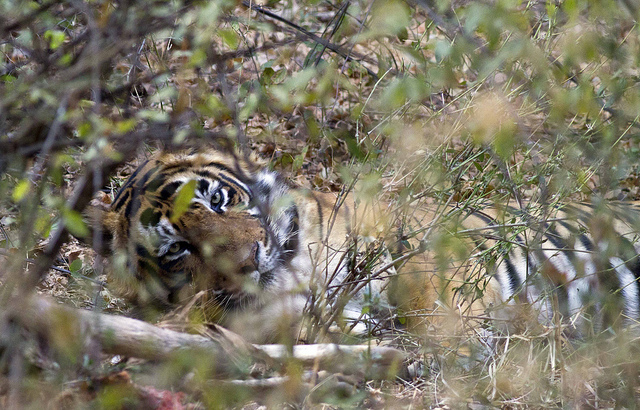
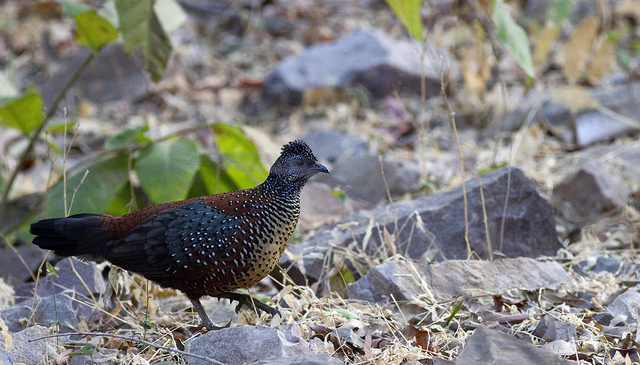
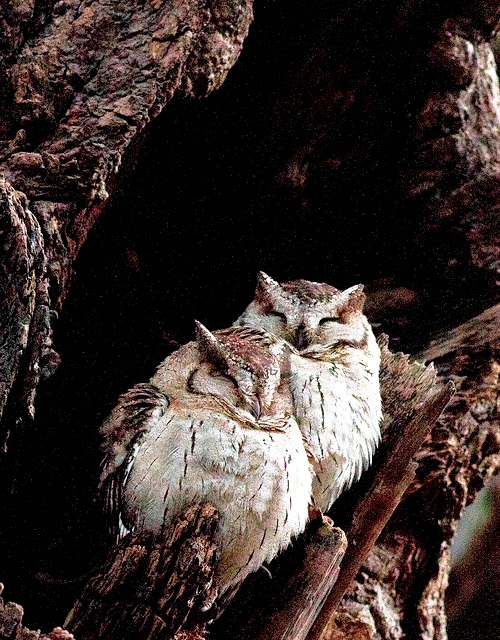
February 6: Steve Howell reports from Mexico on the conclusion of the San Blas tour.
This was about the 30th tour I've led to San Blas and it never gets old - there are simply too many birds, plus great food and friendly people. This year, as well as some 25 Mexican endemics, from the spectacular Black-throated Magpie-Jay (below) to the diminutive Colima Pygmy-Owl (below), highlights ranged from Rosy Thrush-Tanagers to Bat Falcons, from Military Macaws to Boat-billed Herons, and from Blue-footed Boobies (below) to numerous butterflies (Cecropia Sister and Malachite, below) with birding from quiet sandy beaches and coastal lagoons to pine-oak woods and shade-coffee plantations dripping with birds. San Blas, along with the rest of Mexico, makes a perfect getaway from winter to a land of sun and birds.
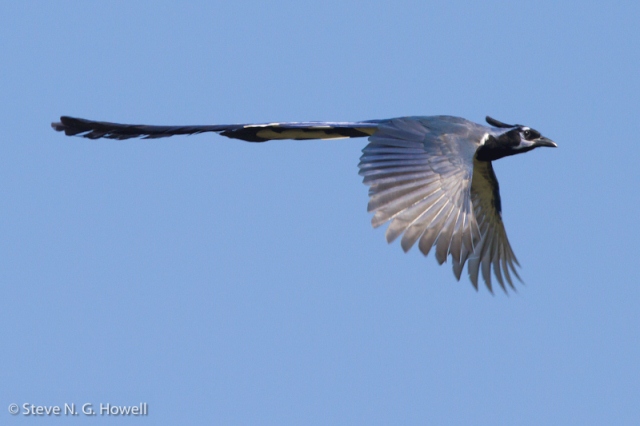
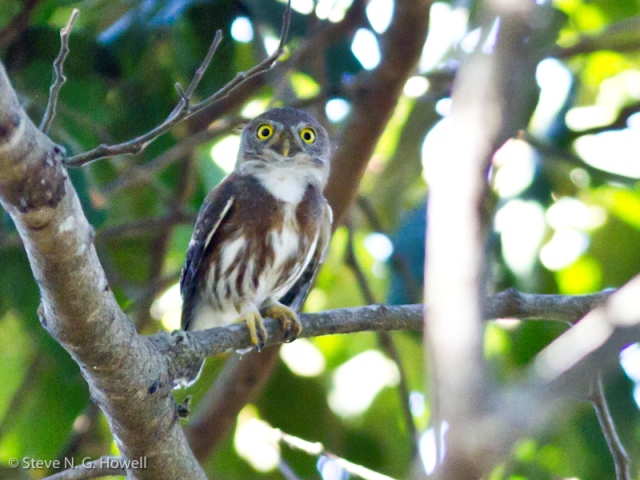
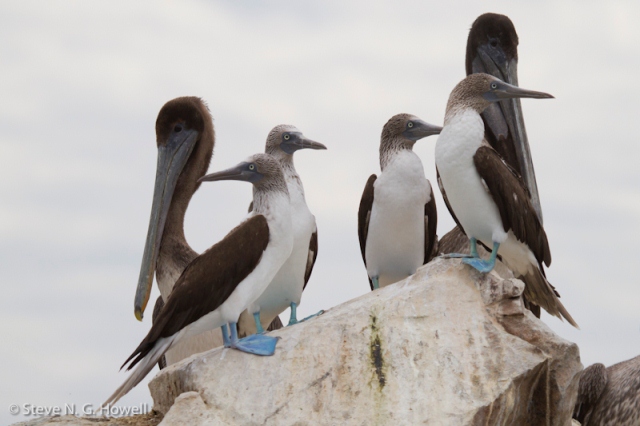
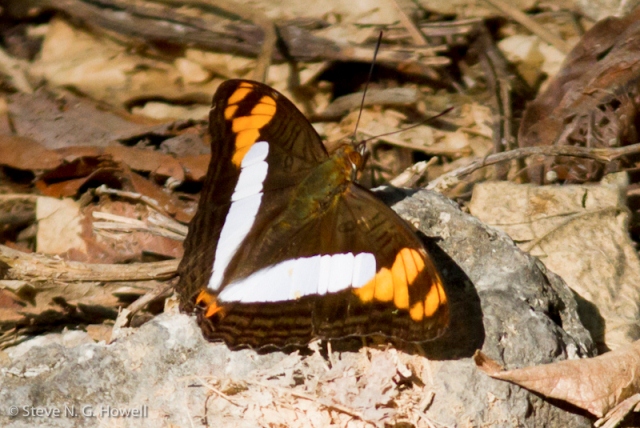

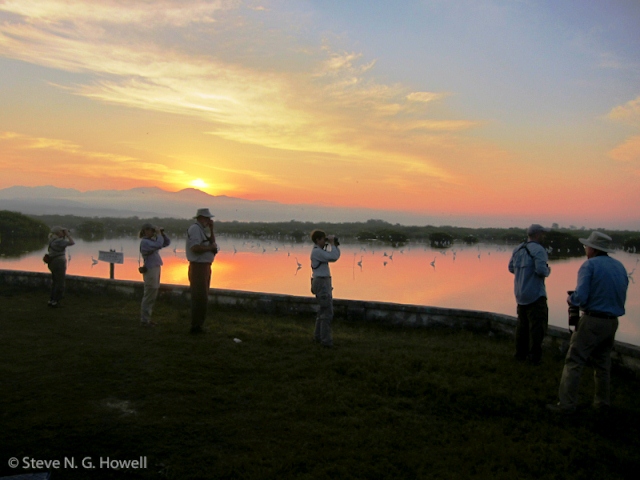
February 6: Chris Wood from his on-going tour, Minnesota in Winter.
Today easily ranks as one of the best days of birding I've had anywhere in the world. We spent much of the day between Duluth and Two Harbors. We saw a total of SEVEN Boreal Owls -- equal to the total number of Boreal Owls I've seen in daylight hours during the rest of my life! Four of these birds were actively hunting, and one had just caught a vole. Being able to watch these birds hunting during the early morning and evening hours of the day, easily ranks as one of my best birding experiences. To anyone considering a trip to the the North Shore of Lake Superior, don't wait. I've seen dozens of Boreal Owls before, but nothing comes close to what we experienced today. Thanks to Jim Lind, we also saw a Saw-whet in Two Harbors.
I should add that we also saw a Great Gray Owl, two male Harlequin Ducks, eight Spruce Grouse and rarest of all (but obviously not the most popular) an adult Black-legged Kittiwake.
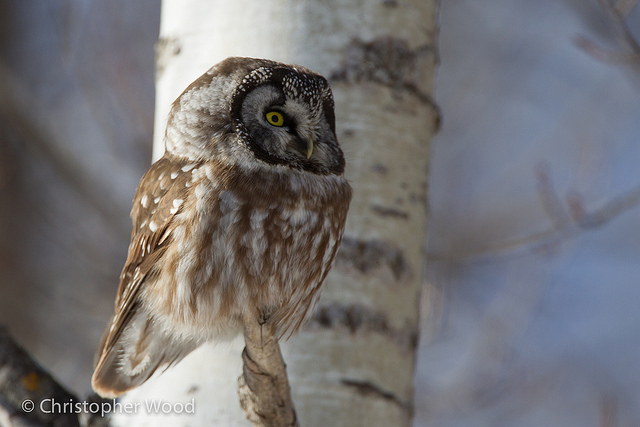
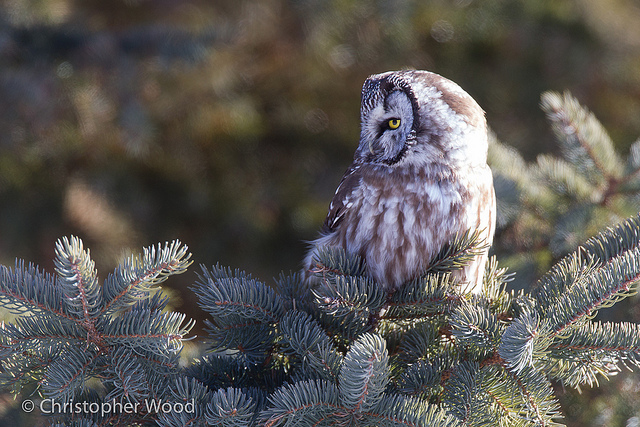
February 2: Susan Myers from her on-going winter tour of Japan: Hokkaido
Day two in Hokkaido began with Blakiston's Fish-Owl (below) and ended with close to 100 Steller's Sea-Eagles (sentinel below) almost making us forget Day One's magnificent Red-crowned Cranes and Whooper Swans (both below). Spectacular though these were they were just part of the total experience which included extraordinary meals and fabulous outdoor thermal springs (below). Blakiston Fish-Owl, Red-crowned Cranes and Steller' Sea-Eagle images by Tom Barclay.



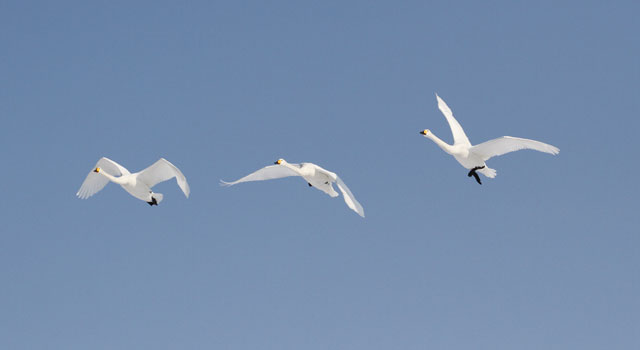

February 2: Chris Wood from his on-going tour, Minnesota in Winter.
We finshed Day 1 with a Boreal Owl, actively hunting at dusk. When I've seen them roosting or at night, I've never really had an impression of a close relationship with Northern Hawk Owl. When actively hunting, this bird was certainly similar, perching at the top of a tree, with similar pattern to scapulars and "false eyes" on the back of the head. Movements also very similar (though flight different). Very exciting!
